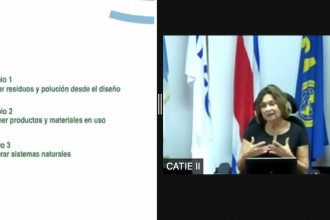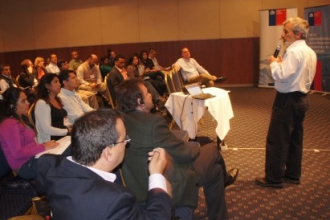
Academicians learned about the System of Environmental-Economic Accounting (SEEA)
Over 30 members of the academia comprising staff and graduate students from Makerere University School of Economics, Muni University and Makerere University Business School on 28th September, 2021…





